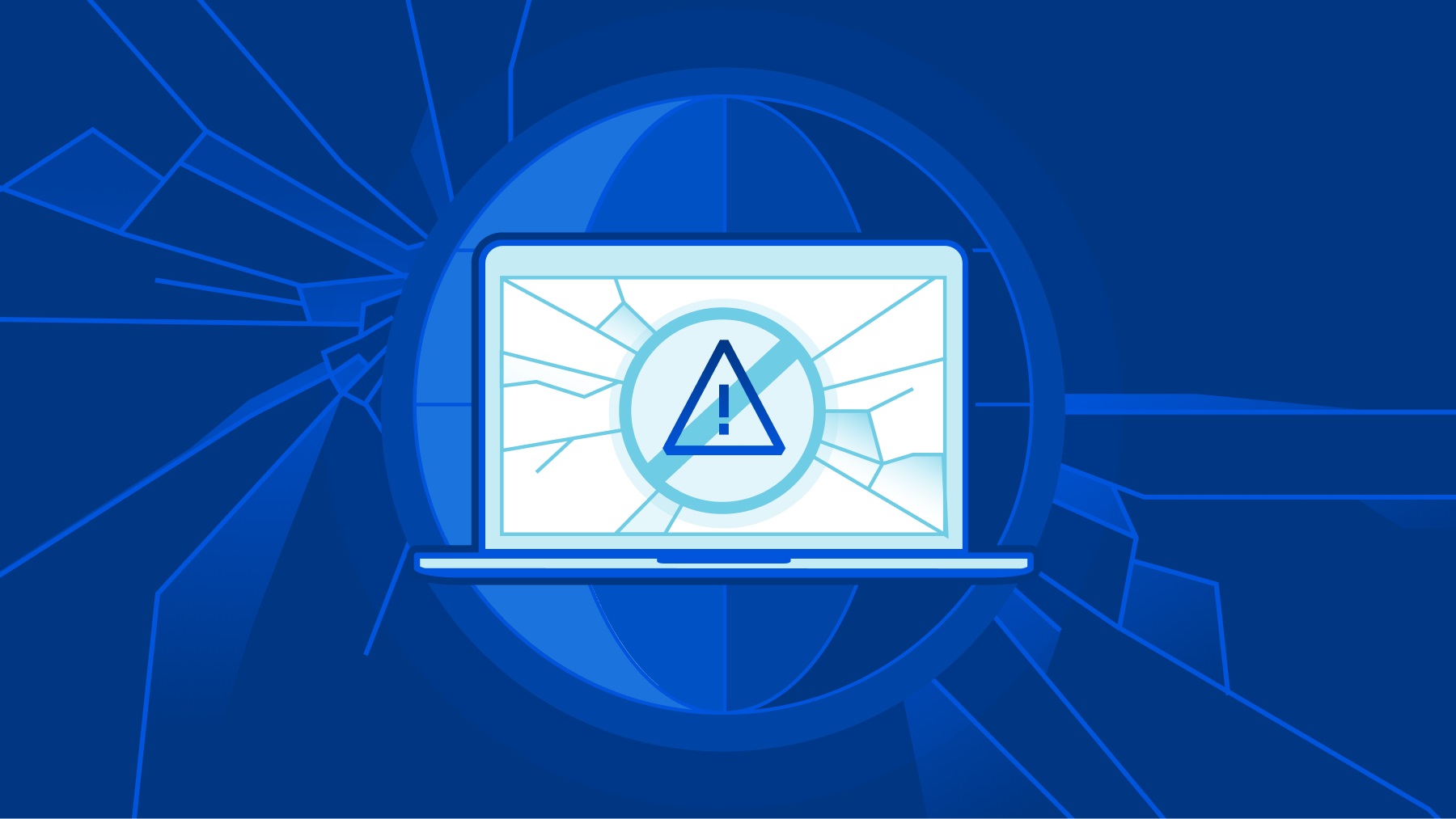IP stresser services, booters, or DDoS stressers, provide users with the ability to perform denial-of-service (DoS) attacks against IP addresses and websites. While stressers are used for legitimate purposes like testing network defenses, they also carry legal risks if misused. Here are some tips to avoid legal troubles when using an IP stresser:
Only target your assets
The golden rule when using a stresser is to only ever direct traffic at your servers, networks, and domains. Attacking any asset you do not own is unethical and very likely illegal. Restrict stresser use solely to self-testing your defenses to remain safely within the bounds of the law.
Seek explicit permission
If you wish to conduct stress testing against assets owned by your employer, clients, or others, obtain explicit written permission beforehand. Have them provide clear documented approval for you to simulate DoS attacks against specific IP addresses they own. Lack of explicit permission places you in a legal gray area.
Use the minimum effective load
When testing assets you have permission to target, use the minimum load necessary to validate your defenses’ effectiveness. There is no need to completely overwhelm targets. Start with lower volumes and increase gradually as needed. Using excessive force could lead to accusations of malicious intent.
Inform hosts about testing
Notify you’re IT personnel, vendors, and anyone else responsible for systems being targeted to expect increased loads during stress testing windows. Informing them precludes false assumptions that an actual malicious attack is occurring, which could lead to unnecessary escalations.
Restrict access to the panel
Do not provide stresser login credentials to anyone else. As the registered user of the panel, you will be legally culpable for any illicit usage. Make sure access is restricted only to trusted individuals and not shared openly. Panel sharing casts doubt on claims of innocence.
Dedicated attack servers
Purchase exclusive use of booter servers for conducting attacks, rather than using shared servers also used by others. Activity originating from dedicated servers is less likely to affect innocent bystanders and more clearly attributable to your authorized tests.
Monitor traffic sources
Analyze traffic sources used in your tests to ensure only intended servers are involved in generating loads. Scanning for any unexpected hosts unexpectedly contributes to attacks, which could indicate ad hoc “botting” occurring without your knowledge.
Analyze attack traffic contents
What Is an IP Stresser? Inspect the contents of attack traffic to make sure no malicious payloads are embedded within. Flooding targets with clearly bogus and innocuous data demonstrates a lack of ill intentions if legally questioned.
Minimal attack duration
Only send attack traffic for the minimum duration needed to validate defenses and identify weaknesses. Extended barrages lasting hours on end could be painted as excessive, even if targets are wholly owned. Take a focused, limited approach.
Vary testing times
Avoid repeatedly attacking targets at predictable times like normal business hours when disruption impacts are maximized. Conduct tests sporadically during off-peak periods to demonstrate thoughtfulness in minimizing effects on others.
Research applicable laws
Familiarize yourself with all federal and local laws related to DoS attacks in your jurisdiction. Ignorance of the law is not a defense. Understand legal boundaries and conduct testing conservatively within those confines.
Maintain detailed logging
Keep comprehensive logs of all stress tests conducted, including involved IP addresses, traffic volumes, durations, and personnel notified. Detailed records demonstrate you are operating above board and not recklessly.

